Gymnosperms
Gymnosperms are a group of seed-producing plants that includes conifers, cycads, Ginkgo, and gnetophytes. They are known for their "naked seeds," which are not enclosed within an ovary or fruit. Gymnosperms played a crucial role in the evolution of plants and continue to be important in today's ecosystems.
Characteristics of Gymnosperms
- Seeds: Gymnosperms produce seeds that are not enclosed in a fruit.
- Cones: Most gymnosperms reproduce through the formation of cones, which hold the seeds.
- Needle-like or scale-like leaves: Many gymnosperms have leaves that are adapted to conserve water, such as the needle-like leaves of conifers.
- Woody stems: Gymnosperms have woody stems that provide structural support.
Types of Gymnosperms
There are four main groups of gymnosperms:
- Conifers: These are the most familiar group of gymnosperms and include pine, spruce, fir, and cedar trees.
- Cycads: Cycads are palm-like plants with large, divided leaves and a stout trunk.
- Ginkgo: Ginkgo biloba is the only living species in this group and is known for its fan-shaped leaves.
- Gnetophytes: This group includes three genera: Gnetum, Ephedra, and Welwitschia. They have diverse forms and habits.
Importance of Gymnosperms
Gymnosperms have significant ecological and economic importance:
- Ecological: They provide habitat, food, and shelter for many animal species. They also play a role in carbon sequestration and oxygen production.
- Economic: Many gymnosperms are used for timber, paper production, and as ornamental plants. Some also have medicinal properties.
Study Tips
When studying gymnosperms, it's important to:
- Understand the unique reproductive structures of gymnosperms, such as cones and naked seeds.
- Learn to identify common examples of gymnosperms, like pine trees and ginkgo biloba.
- Explore the ecological and economic roles of gymnosperms in ecosystems and human societies.
- Understand the adaptations that allow gymnosperms to thrive in diverse environments.
By understanding the characteristics and significance of gymnosperms, you can appreciate their role in the natural world and human societies.
.◂Science Worksheets and Study Guides Third Grade. Grouping of Animals
Study Guide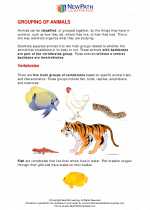 Grouping of Animals
Grouping of Animals  Activity Lesson
Activity Lesson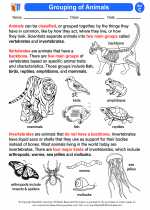 Grouping of Animals
Grouping of Animals  Worksheet/Answer key
Worksheet/Answer key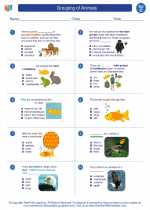 Grouping of Animals
Grouping of Animals  Worksheet/Answer key
Worksheet/Answer key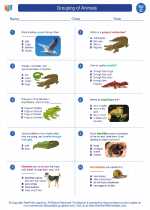 Grouping of Animals
Grouping of Animals  Worksheet/Answer key
Worksheet/Answer key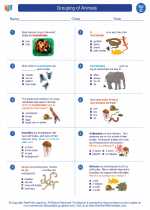 Grouping of Animals
Grouping of Animals  Worksheet/Answer key
Worksheet/Answer key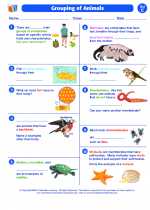 Grouping of Animals
Grouping of Animals  Vocabulary/Answer key
Vocabulary/Answer key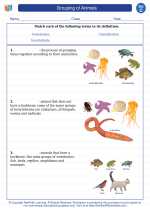 Grouping of Animals
Grouping of Animals 

 Activity Lesson
Activity Lesson
 Worksheet/Answer key
Worksheet/Answer key
 Worksheet/Answer key
Worksheet/Answer key
 Worksheet/Answer key
Worksheet/Answer key
 Worksheet/Answer key
Worksheet/Answer key
 Vocabulary/Answer key
Vocabulary/Answer key

The resources above cover the following skills:
LIFE SCIENCE
From Molecules to Organisms: Structures and Processes
Create representations to explain the unique and diverse life cycles of organisms other than humans (e.g., flowering plants, frogs, butterflies), including commonalities such as birth, growth, reproduction, and death.